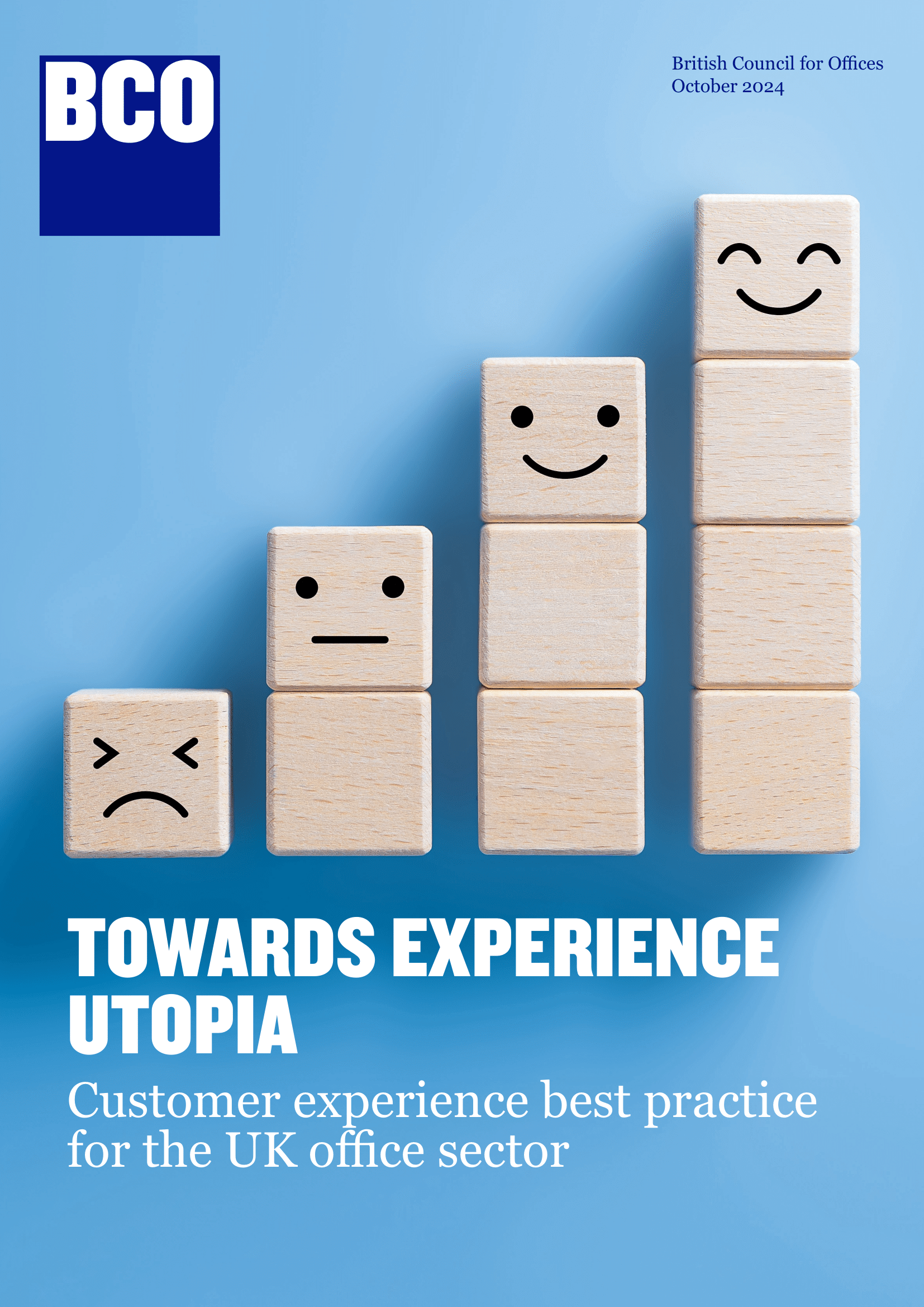Multisensory design holds the key to a successful return to the office
By Derek Clements-Croome

One unintended consequence of the pandemic has been that we have gained a greater appreciation of the important role the environment plays in affecting our state of mind in the places where we work. We are more conscious of how location, screen time and human interaction can impact our productivity and our wellbeing.
Good physical and mental health are central to our happiness and wellbeing. However, amid all the other considerations, this is often forgotten when designing the workplace. After an incredibly difficult year in and out of lockdown, it is more important than ever that we create spaces that workers can flourish in. This was the inspiration behind my latest report for the British Council for Offices, “Designing and Managing Buildings for Health and Wellbeing”.
The paper outlines how sensory design will provide a positive experience on returning to the office. Multisensory design is based on how we perceive the environment around us, and this approach can act as an antidote to help reinvigorate workers and reignite their imagination, leading to an enhanced occupant experience with more creativity. The look and feel of a place is so important.
Recommendations from the report include providing adequate exposure to natural light, views of natural settings and environments, and a range of biophilic interventions, including outside views. The incorporation of these environmental elements softens the boundaries between the office and the outdoors and can have a positive effect on productivity, creativity and even health indicators like heartbeat patterns.
As a welcome reprieve from a lockdown year staring at our living room walls, offices should provide aesthetically pleasing surroundings that provide visual interest, for example through innovative uses of colour and artwork.
Additionally, to minimise intrusive noise in work areas, attention should be paid to office acoustics (particularly in the case of open-plan offices) as well as design features that can moderate noise pollution from outside the building.
We will continue to see the impact of the pandemic even when we return to the office. Companies hoping to promote health and wellbeing should provide employees with a fresh, thermally comfortable environment with effective ventilation, and spatial settings that suit COVID-19 conditions as well as various individual or team working needs. Indoor air quality is now seen as even more vitally important if we are to reduce infection risk, and spaces will need reconfiguring to ensure social distancing rules are followed.
Furthermore, the paper argues for the importance of a company-wide commitment to improved wellness through an appointed health and wellbeing executive; consistent monitoring of workplace conditions; voluntary health and wellbeing focus groups, and collecting data on medical absences and staff turnover rates in order for us to gain a deeper understanding of employee wellbeing.
Over the past year, employees have had to juggle their working commitments with their personal wellbeing, which has been a considerable burden for many. By designing offices with the happiness of employees in mind, we can provide them with a space they are excited to go to, where they can focus on making the most of their talents and collaborating with others.
Download the newly published BCO report here.



